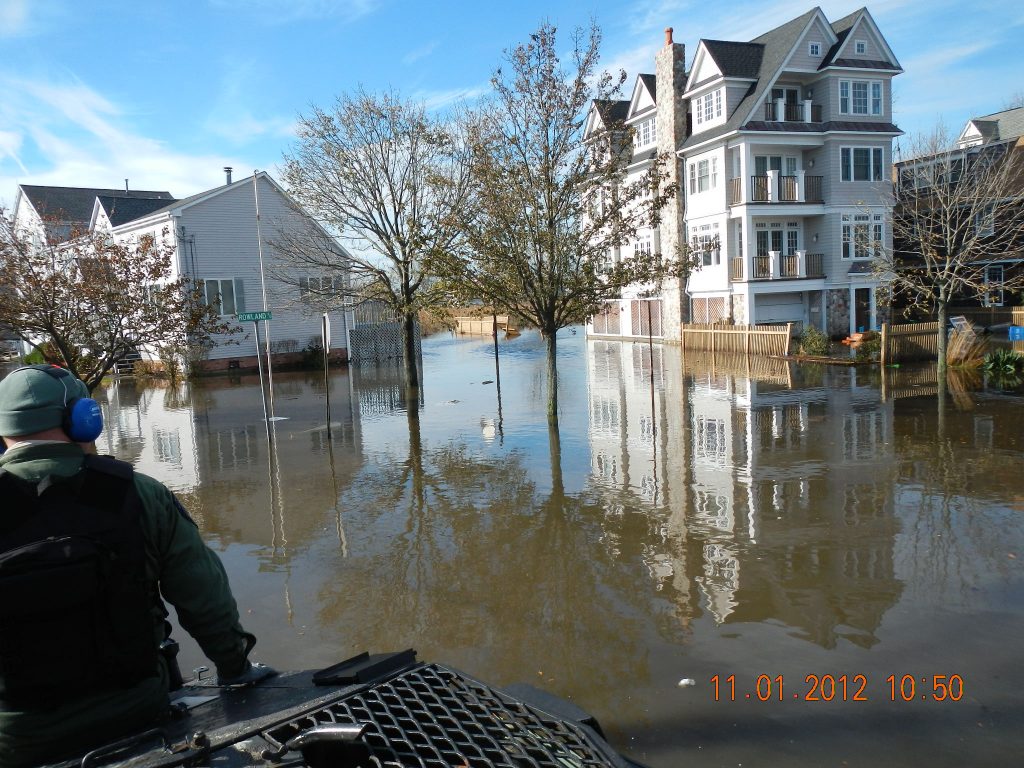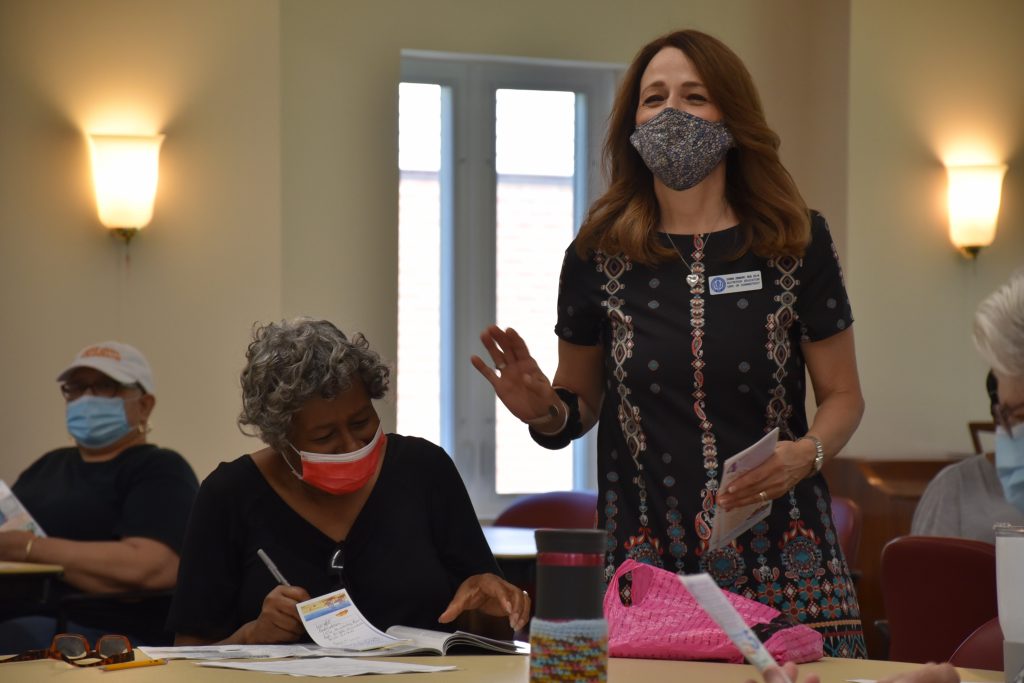CT Counties
UConn Magazine: ‘You Change the Way You Live When You’re Hungry’
Connecticut Foodshare CEO Jason Jakubowski '99 (CLAS), '01 MPA talks about the challenges of keeping people fed during a global pandemic
November 23, 2021 | Peter Nelson for UConn Magazine
‘Racing against Time’: Woman’s Life, Vision, and Baby Saved by UConn Health
UConn Health doctors worked to save a pregnant woman from a fast-growing brain tumor while safely delivering her baby, who turns 1 this Thanksgiving
November 22, 2021 | Lauren Woods
CIRCA Awarded $5 million in New Funding to Strengthen CT’s Climate Change Resilience
CIRCA is creating a 'project pipeline' to move resilience planning and adaptation forward
November 16, 2021 | Elaina Hancock
TIP Digital Supports App Promoting Accessibility of Investing for Young People
TIP Digital startup FinTron helps new investors learn about the stock market and get an early start in investing wisely
November 15, 2021 | Anna Zarra Aldrich '20 (CLAS), Office of the Vice President for Research
Retired Professor Offers $100K Matching Gift to Save Veterans’ Entrepreneurship Program
A program that has put UConn on the map for veteran entrepreneurship
November 11, 2021 | Claire Hall
Nursing Faculty and Students Administer Nearly 1,600 COVID-19 Vaccines at Over 90 Community Initiatives
The School of Nursing partnered with community organizations, such as Charter Oak Health Center in Hartford and Norwalk Community Health Center, over the spring and summer
November 9, 2021 | Mikala Kane
UConn Researchers to Explore Marine Life, Human-Sea Interaction
The projects touch on everything from the effects of climate change on marine animals to how coastal communities respond to flood risk
November 5, 2021 | Judy Benson, Connecticut Sea Grant
Encouraging Healthy Eating for Older Adults in West Hartford
The Fresh Start Program teaches participants about seasonal produce so they can identify fresh and low-cost fruits and vegetables for year-round healthy eating
October 14, 2021 | Anna Zarra Aldrich, College of Agriculture, Health and Natural Resources
New CAHNR Program Provides Scholarships, Support for Native Students
A new initiative provides Native students with financial, cultural, and academic support to make college more accessible
October 11, 2021 | Anna Zarra Aldrich, College of Agriculture, Health and Natural Resources
Grown Connected Fosters Relationships Between Farmers and Consumers in CT’s Quiet Corner
Grown Connected will help connect farmers around the state with their communities.
October 7, 2021 | Anna Zarra Aldrich '20 (CLAS), College of Agriculture, Health, and Natural Resources









